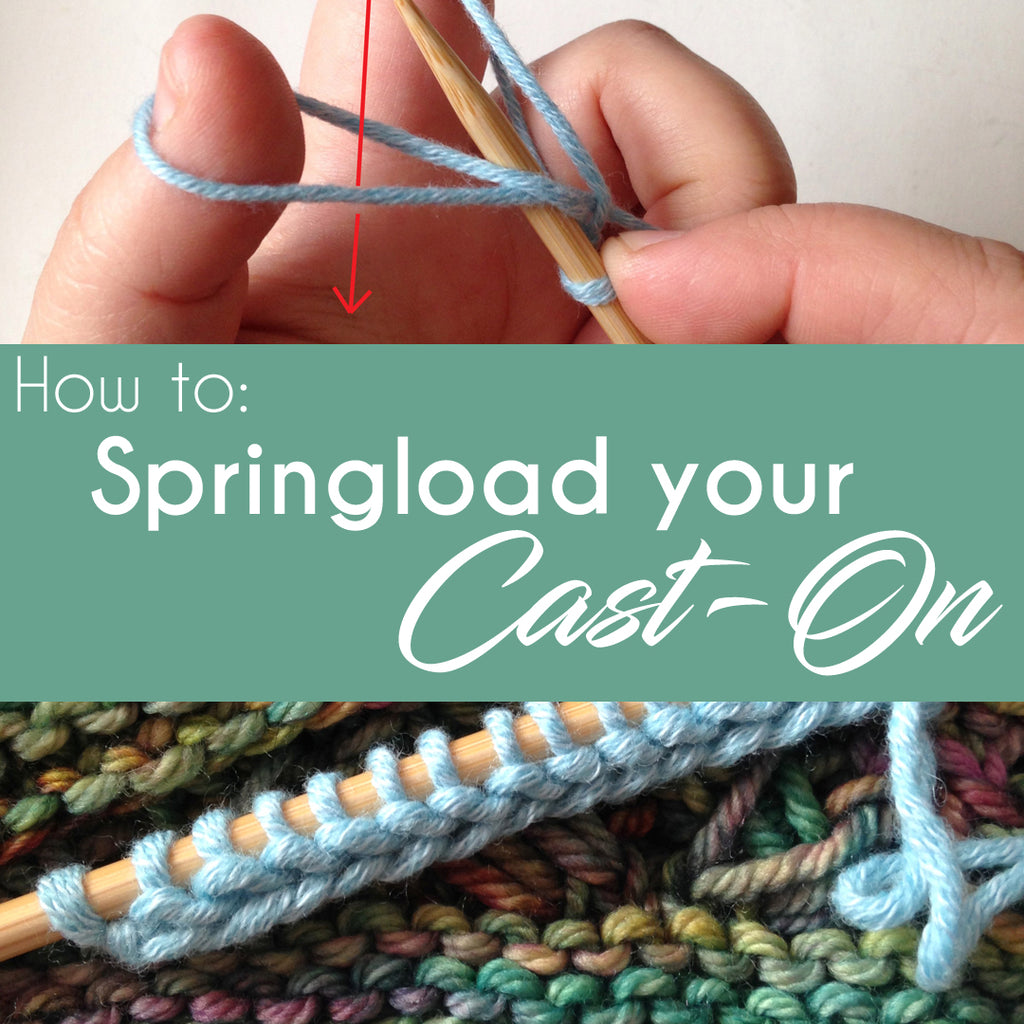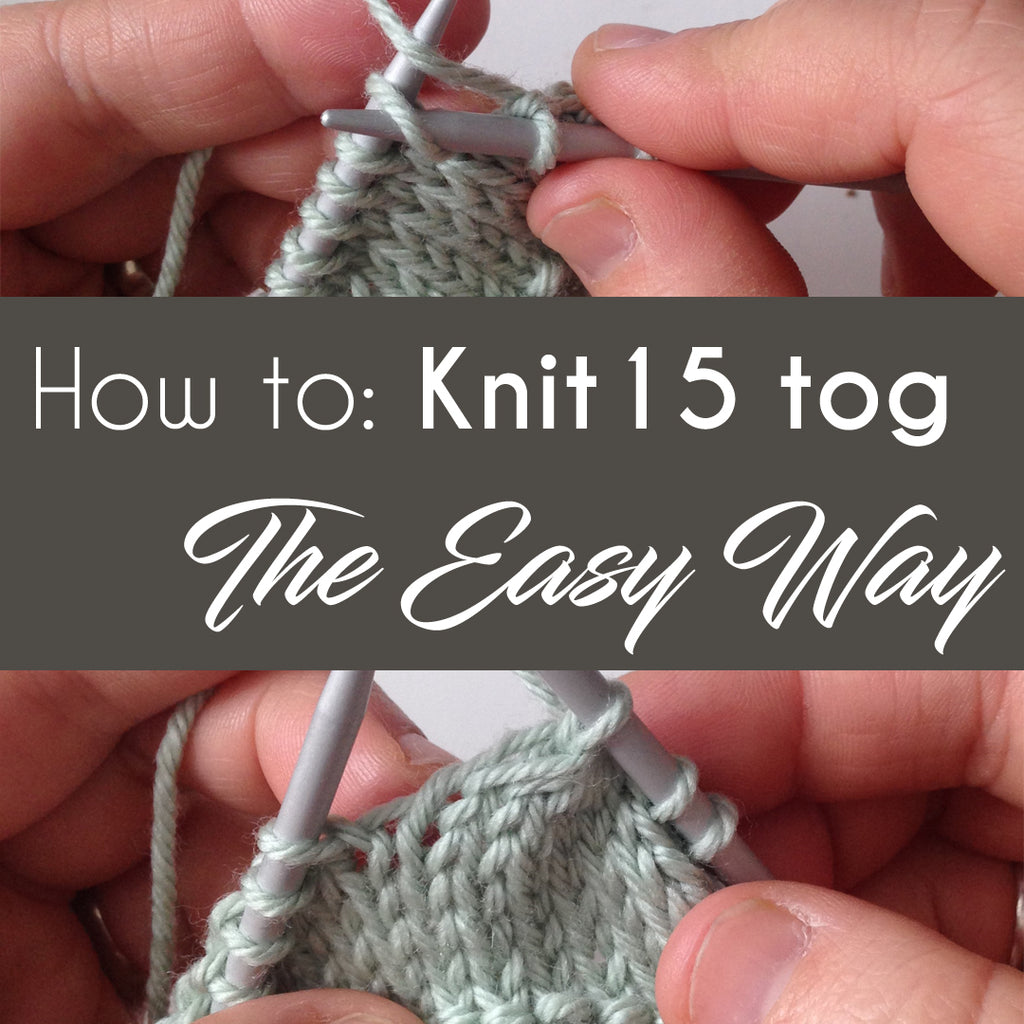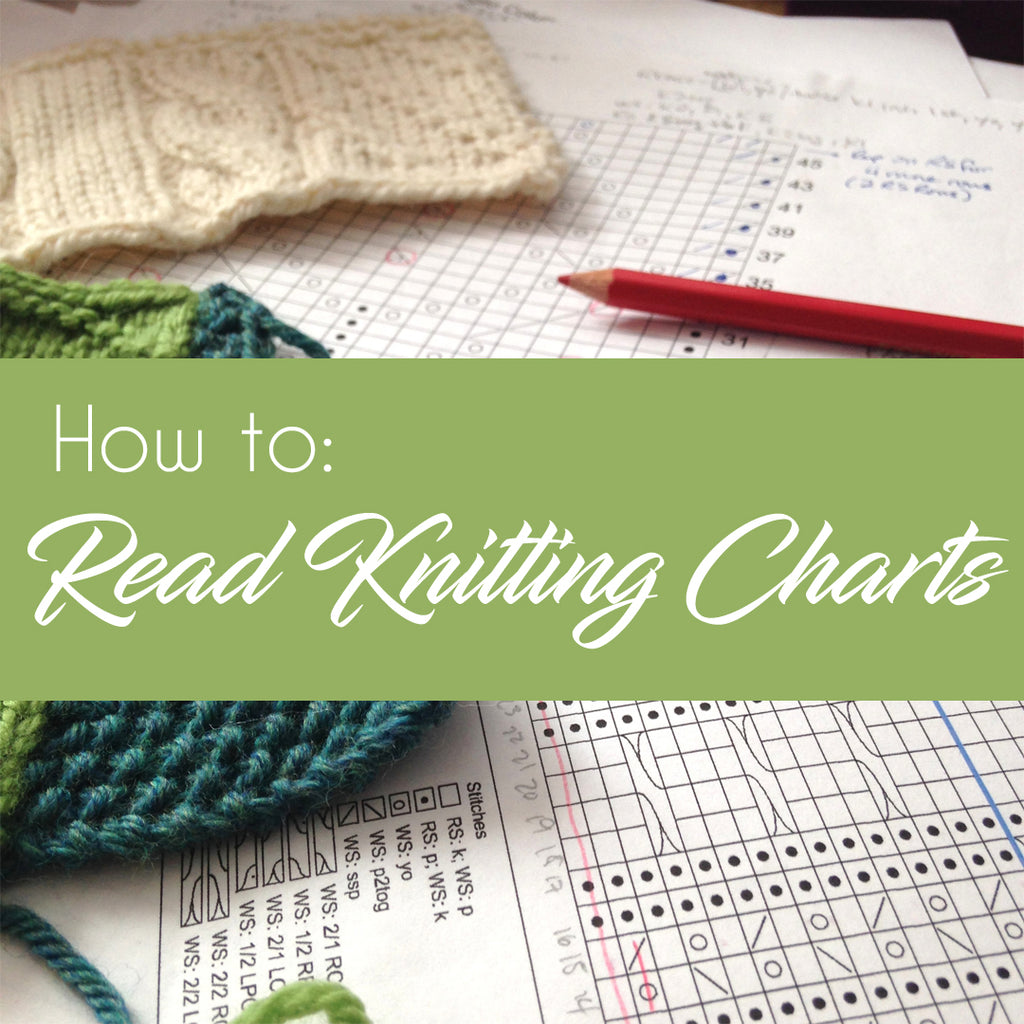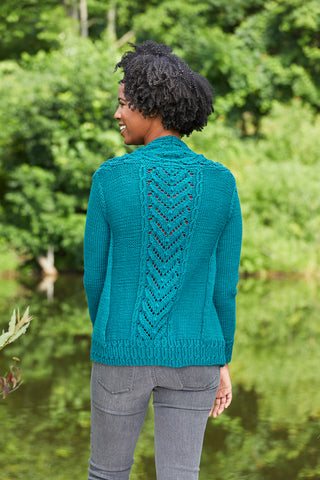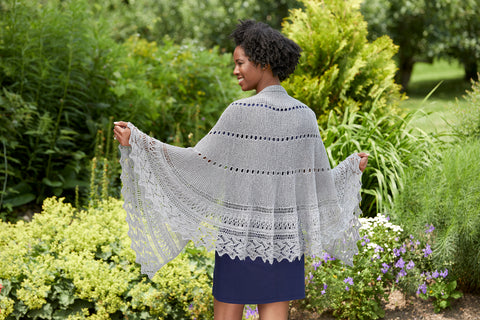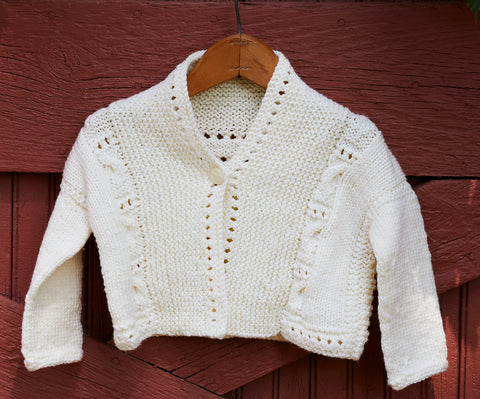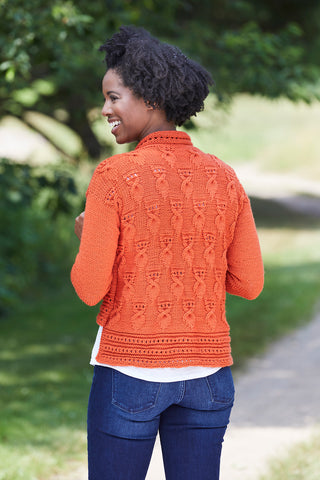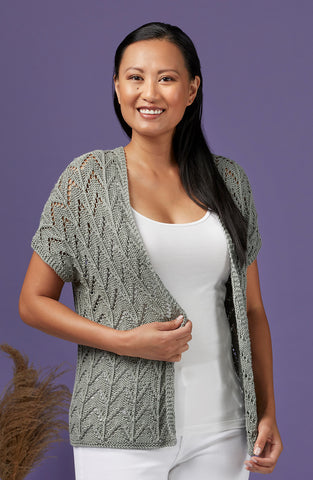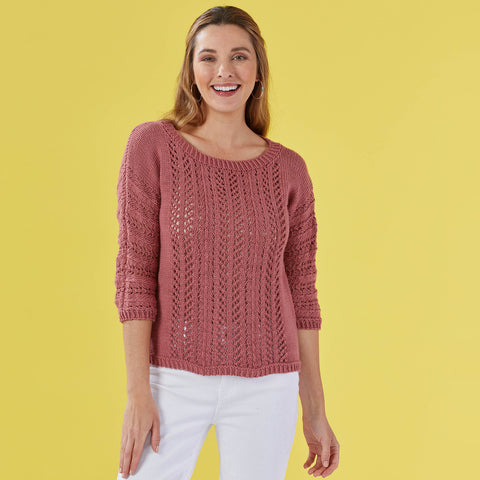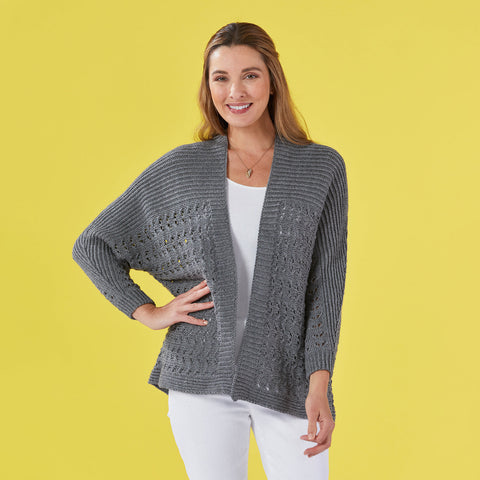Tutorial RSS
How to: Spring Load your Cast On
Stretchy & Beautiful: The Old Norwegian Cast-On The Old Norwegian cast-on (also known as the Twisted German cast-on) is a variation on the traditional long-tail cast-on that results in a far more stretchy edge than a traditional cast-on. This cast-on works well for almost any project, but is especially suited to edges for hat brims, scalloped patterns, mitten cuffs or projects that require more ease for better fit. This cast-on tends to use about one third more yarn than a typical long-tail cast-on, and since it is more elastic, it pulls in more at the edge with better stretch...
How to: Knit 15 tog the EASY WAY!
Knit 2 (or 6, or 15) Together, and How to Bring All the Friends to the Party. Knit 2 together (k2tog) is usually the first decrease that is learned by knitters, whether on purpose or by mistake. Typically, this technique is worked by inserting the needles from front to back into the front "legs" of a multiple of stitches, wrapping the yarn around the needle and then pulling a stitch through, decreasing that multiple of stitches to one. This creates a right-slanting decrease on the right side of the work. It is fairly easy to execute when only working with...
How to Estimate the: Perfect Yarn Tail
The Perfect Tail Have you ever started a new project, estimated a yarn tail for your cast-on and then run out of yarn? Well why not eliminate the estimation process totally? Use two balls of yarn when you are casting on stitches instead of one length of yarn folded. By using two balls of yarn you won't run out! Begin by making a slip knot, joining the two ends of yarn together and placing onto the needle. Work the stitches using one end as the active looping yarn that goes around the needle and the other one as the...
How to Read Knitting Charts
Let's Talk Charts! Charts are an excellent way to communicate patterns in knitting and help a designer distill pages of densely written text into one picture. With a few simple rules, charts are easy to understand, give visual clues as to what your finished piece will look like, and can be understood across language barriers. A chart for knitting is typically set into a grid pattern comprised of squares that are populated by symbols. Each of these symbols indicates what type of treatment to give each stitch. The chart is worked in horizontal lines with each line representing a...
Lindy Pop: How to work a twisted k2tog
My latest pattern release; Lindy Pop, is a fun (and sort of wild!) fringed shawl. It uses 8 colors of sport or fingering weight yarn, a garter stitch bias center and charted lace and cable vertical edges. This pattern came to be when Lux Adorna sent me a gigantic set of their Cashmere Sport, called a lofty lux braid. The colors were amazing... but not anything I would ever choose on my own. Lime Green? Yes, probably the color of my soul, Deep Plum? Okay, I do like that one too, but all those cooler colors? sage green? denim blue?...
Tags
- All
- Adult designs
- Ancient Arts
- Baby
- Baby designs
- Beaded
- Beads
- Bind-Offs
- Bobbles
- Book Review
- Bulky knit
- Cables
- Cables and Lace
- Cascade 220
- charts
- Child
- Color Changing yarn
- Color Theory
- Colorwork
- Cowl
- Cowls
- Creative Knitting
- DK weight
- Easy knit
- german
- handspun
- Hikoo yarns
- How to
- Independent Designs
- Infinity Scarf
- Interweave Knits
- Knitpicks
- Knits for Men
- Knitting fever international
- Lace
- Lace Shawls
- Lark Crafts
- Malabrigo
- MalabrigoRios
- Men
- Mittens
- Mosaic Knitting
- New Pattern Release
- Noroyarns
- ParadiseFibersYarnClub
- Plymouth yarn
- Porifera
- Prism Yarns
- Shawl
- short rows
- Sock Yarn
- socks
- Stranded patterning
- Technique Tuesday
- Test Knits
- Texture
- Toddler
- Toddler to Preschooler
- Tube Gathers
- Tutorial
- Twist Collective
- Unisex
- warp and turn
- Wrap

